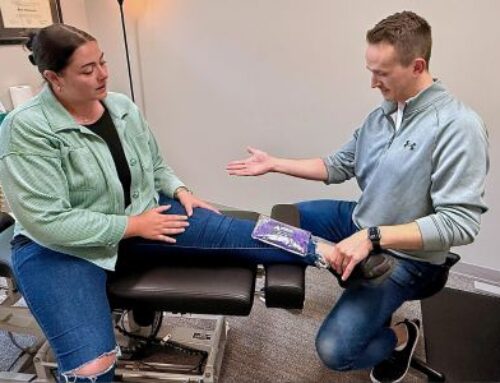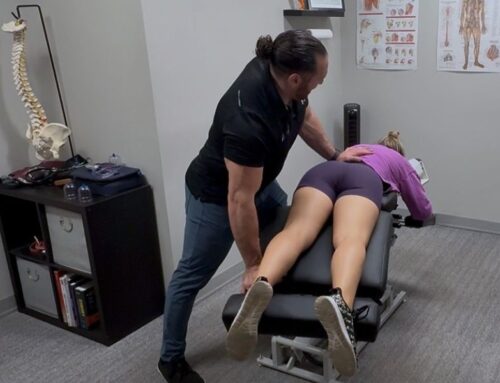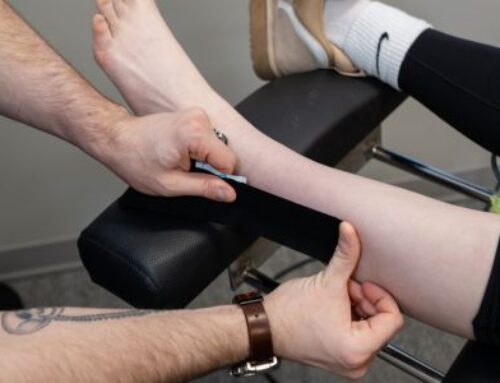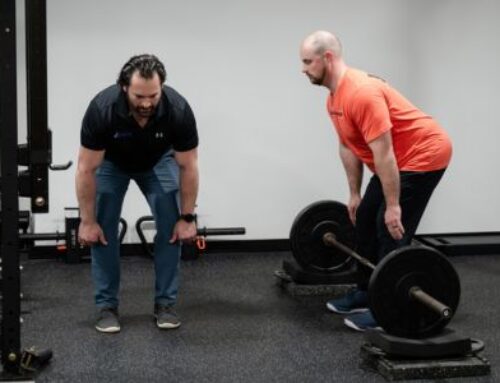Are you ready to begin dancing en pointe?
As the dance season gets underway I’ve seen a large uptick in patients wanting to know if they are ready to begin dancing en pointe. There’s a lot to be considered when making this decision; age, strength, coordination, and skill level. Unfortunately, there is misinformation out there as to what goes into the decision making process. A lot of dancers and parents of dancers have been told that in order for a dancer to begin dancing en pointe they need to get images such as radiographs (“X-rays”) of the dancer’s feet. But is this medically founded or is this just another example of dance culture misunderstanding healthcare?
The misinformation out there:
A big piece of misinformation pertains to a dancer’s growth plates – specifically in the feet. If present, growth plates signify that a bone is still developing. There’s a HUGE misconception that dancers shouldn’t dance en pointe until all of the growth plates in their feet have closed. The theory is that if you start dancing en pointe too early, you may damage the developing bone.
I have a lot of dancers and parents of dancers asking me about radiographs of the feet to check if the growth plates have closed. While this may seem like sound logic – it’s not. Growth plates in the feet don’t close until around age 16-19 in most females. When was the last time you heard someone tell you that you shouldn’t start pointe until 16-19 years old? NEVER. Most dancers start pointe closer to the age of 9.
X-ray imaging is radioactive. As a rule, I never expose a patient to radiation unless I have a good reason. While the amount of radiation involved in radiographic imaging is very small, looking to see if growth plates are still open, even though science says they most likely wont be, is not a good reason for an exposure. Keep this in mind if you’ve had a provider request radiographs from a provider to justify dancing en pointe in the past. You may want to seek a second opinion.
“But if the growth plates are open then isn’t there a bigger chance of permanently damaging the developing foot?” To that I say… kind of… but not for the reasons you’re thinking. Closed growth plates won’t magically eliminate all risk to a foot working through a high relevé position found in pointe work. The real key here is strength and stability! A strong, stable foot is harder to injure.
What we should really be looking for:
Functional testing is the key to ruling if a dancer should start pointe. There are several different components that I can test. Effectively, I want to check a dancer’s range of motion, strength, and movement patterns. If a dancer’s ankle isn’t capable of enough range of motion, an optimal relevé can’t be achieved, causing too much stress on the ankle bones during pointe. The same is true if the dancer doesn’t have the strength or endurance to work in that high relevé position over a prolonged period of time. Lastly, we have to check the dancers’ movement patterns. If relevé comes with a knee that deviates inward or a medial arch that collapses, the ankle may not be the only joint in danger. This is why a functional assessment prior to beginning pointe is super important.
I work with both amateur and professional dancers and I always take them through a comprehensive examination of the hips, knee, and ankles followed by a functional assessment. I then program a complete rehab program designed to further strengthen the dancer as they start pointe. This helps protect them against the most common dance injuries related to pointe.
How I can help:
If you or someone you know is looking to start dancing en pointe, or even if they already are but want to get stronger, call and set up an appointment today. I have 25 years of experience in the world of dance so I know what dancers need and what they put their bodies through. When it comes to a dancer’s health you want to know that the provider taking care of you understands you.





